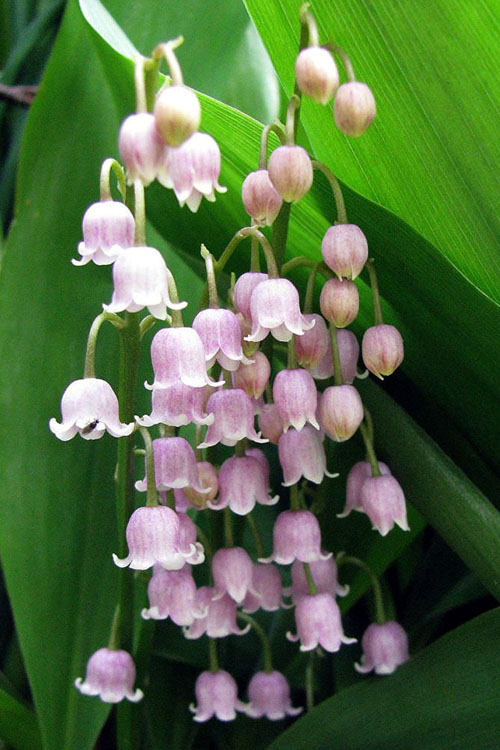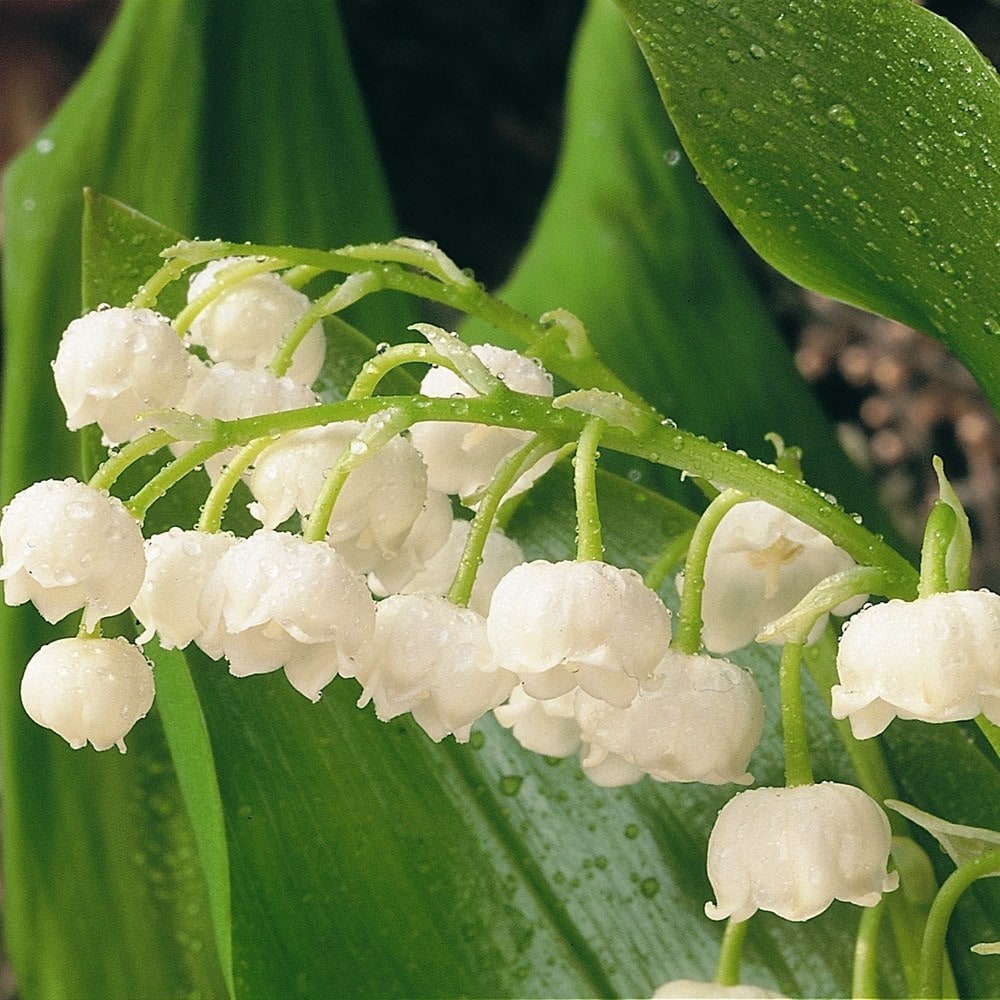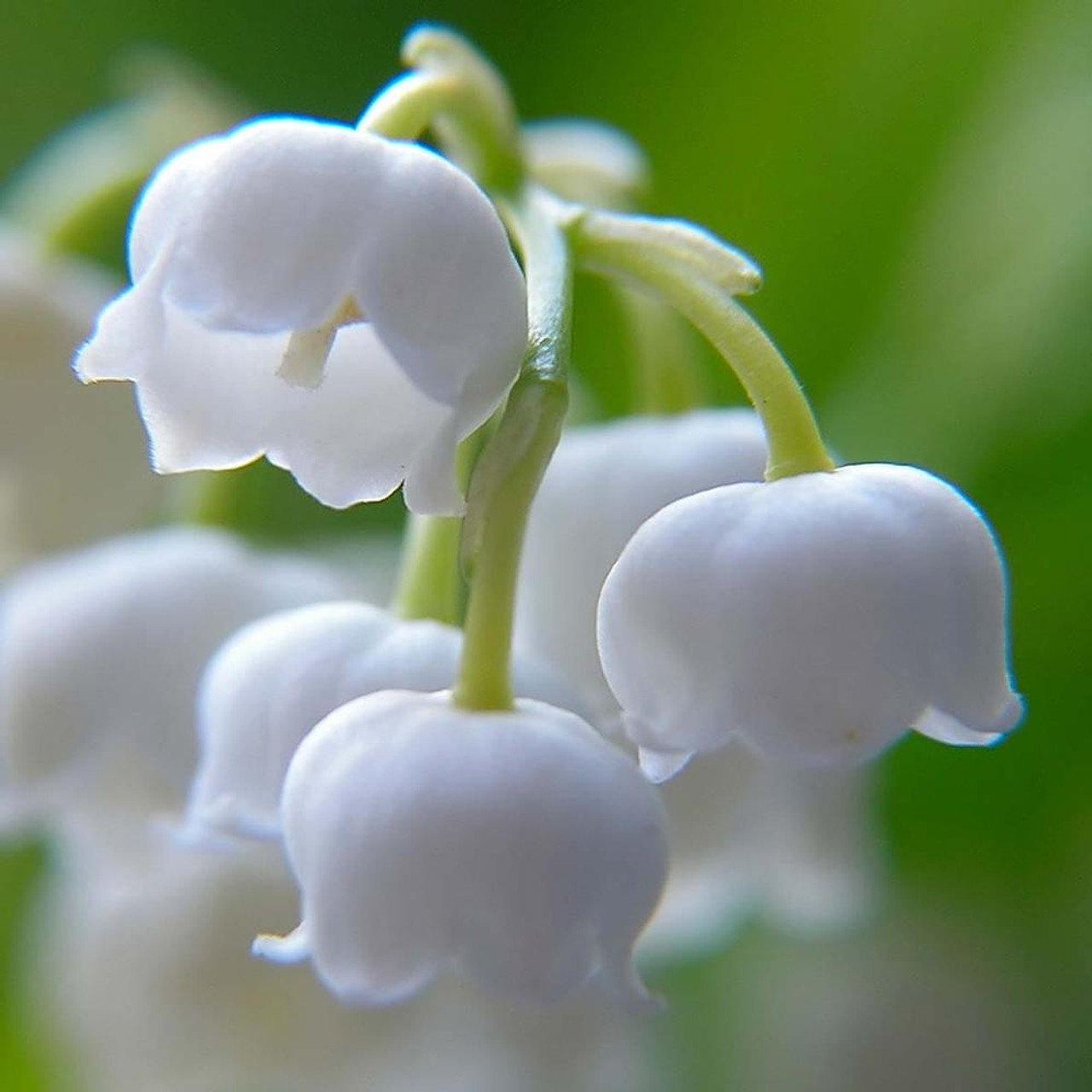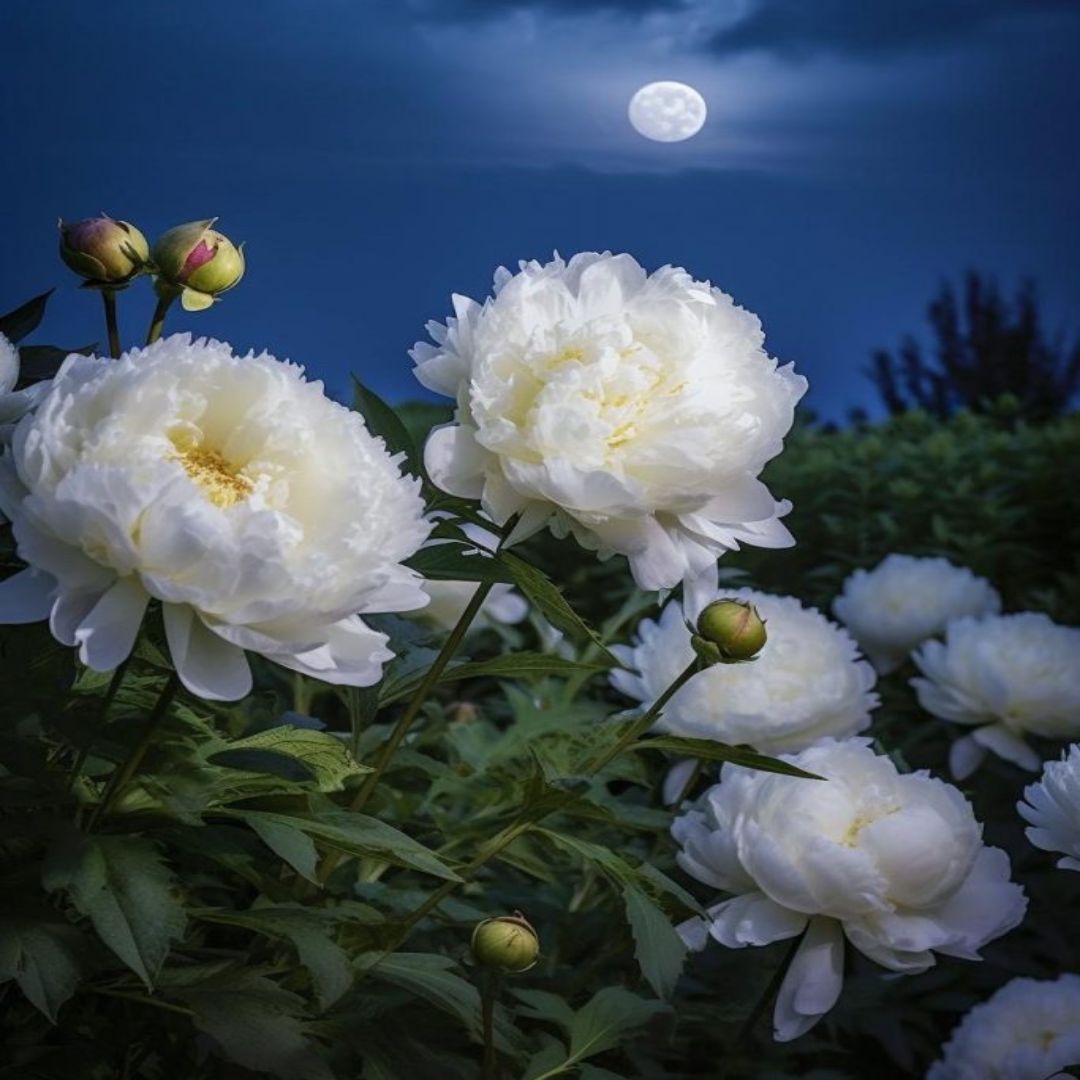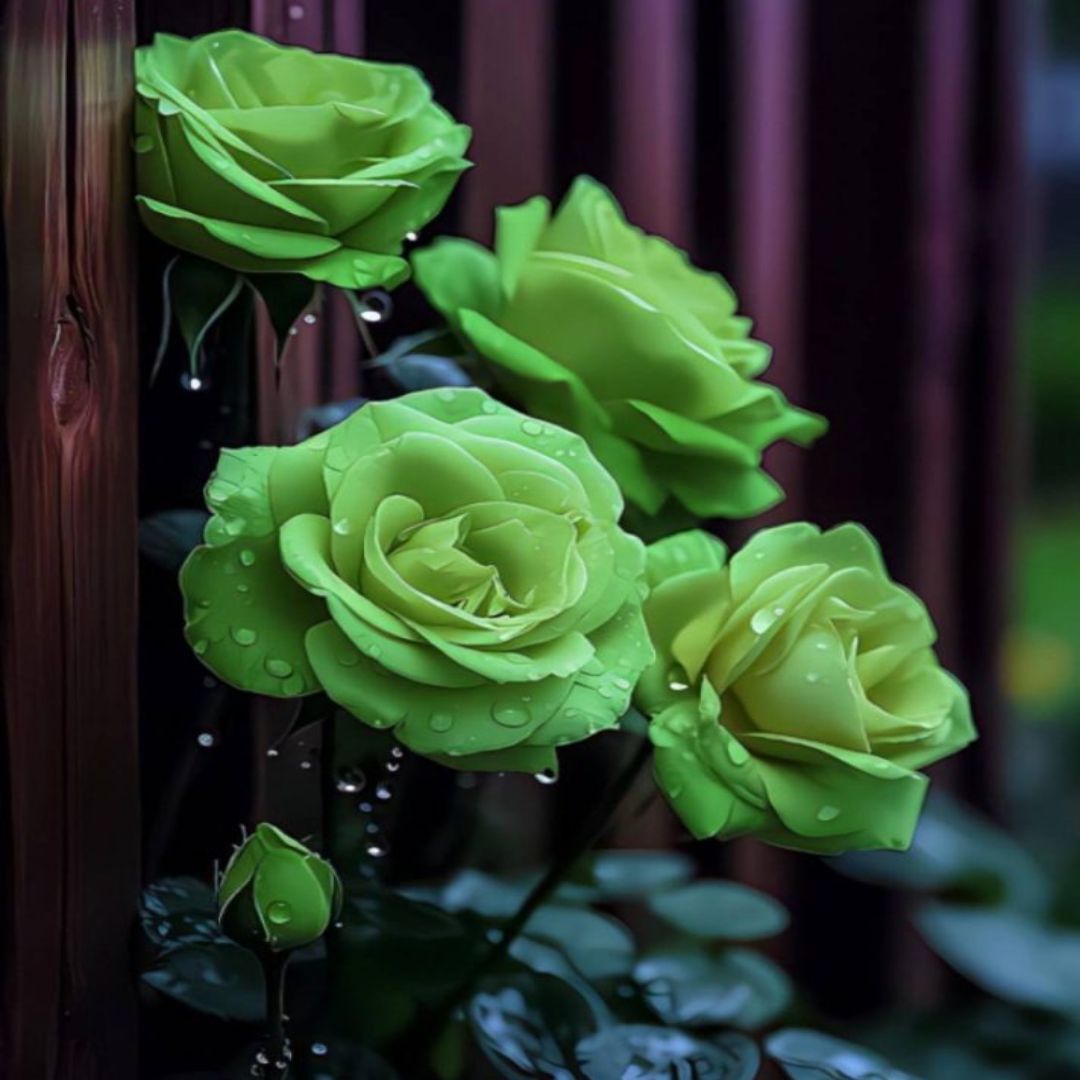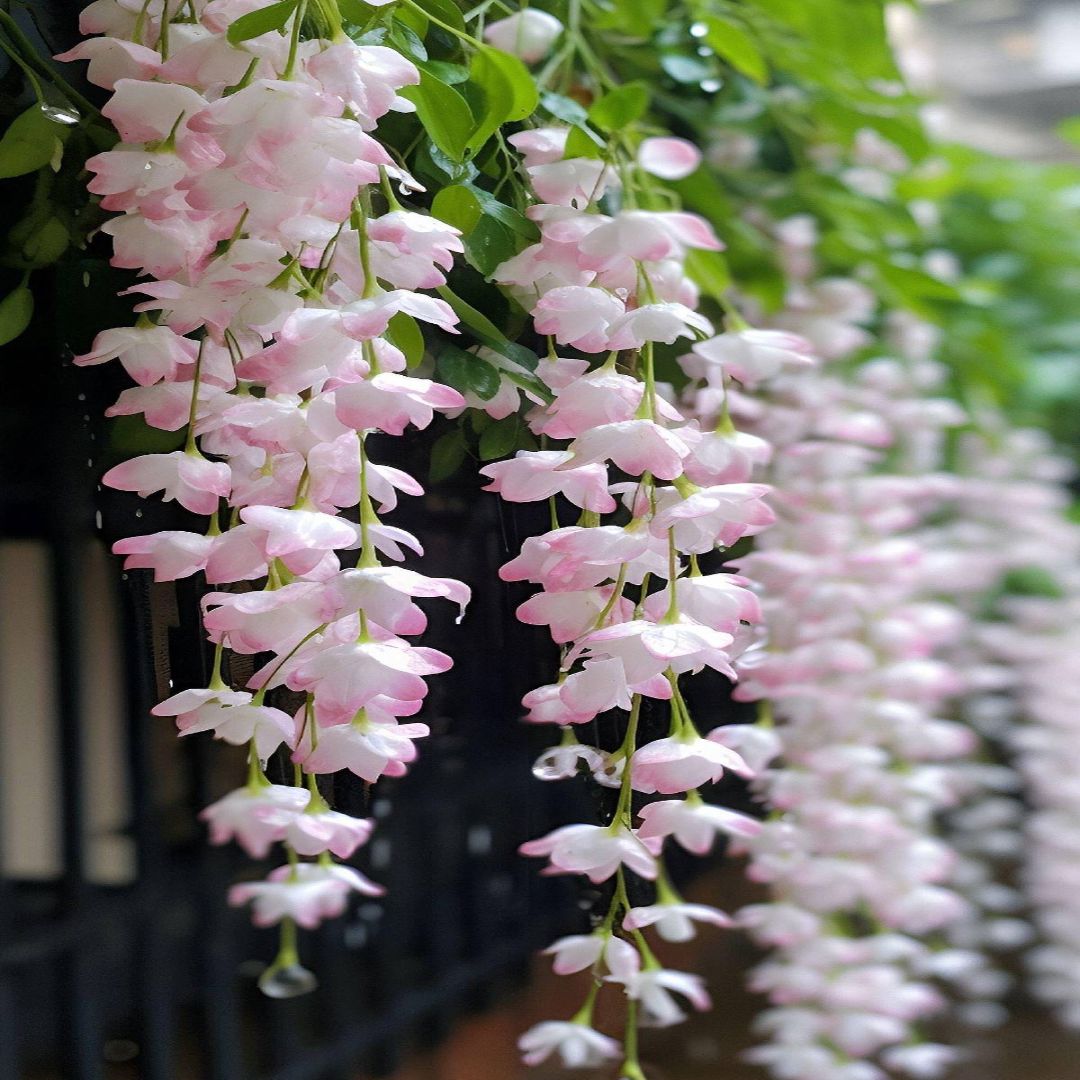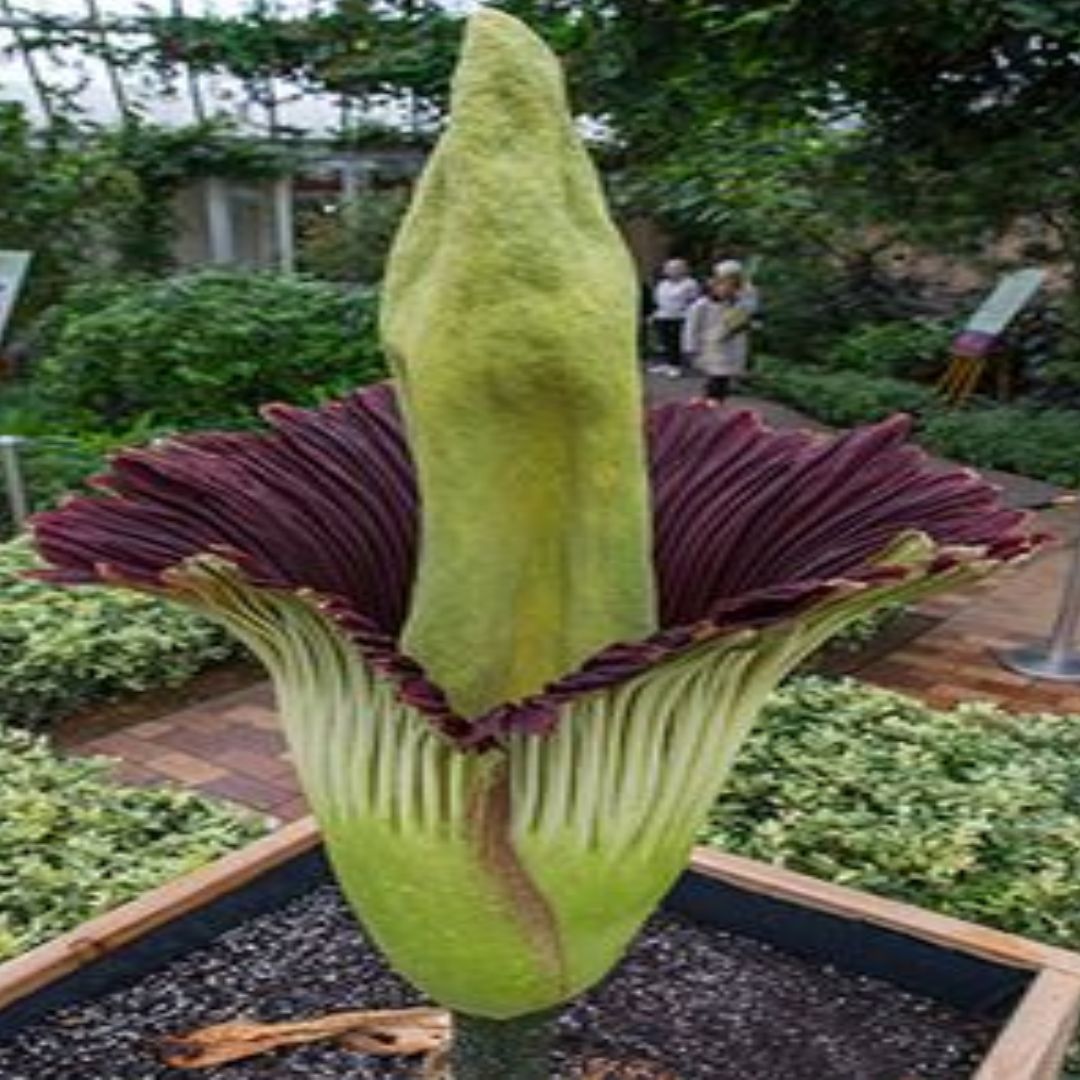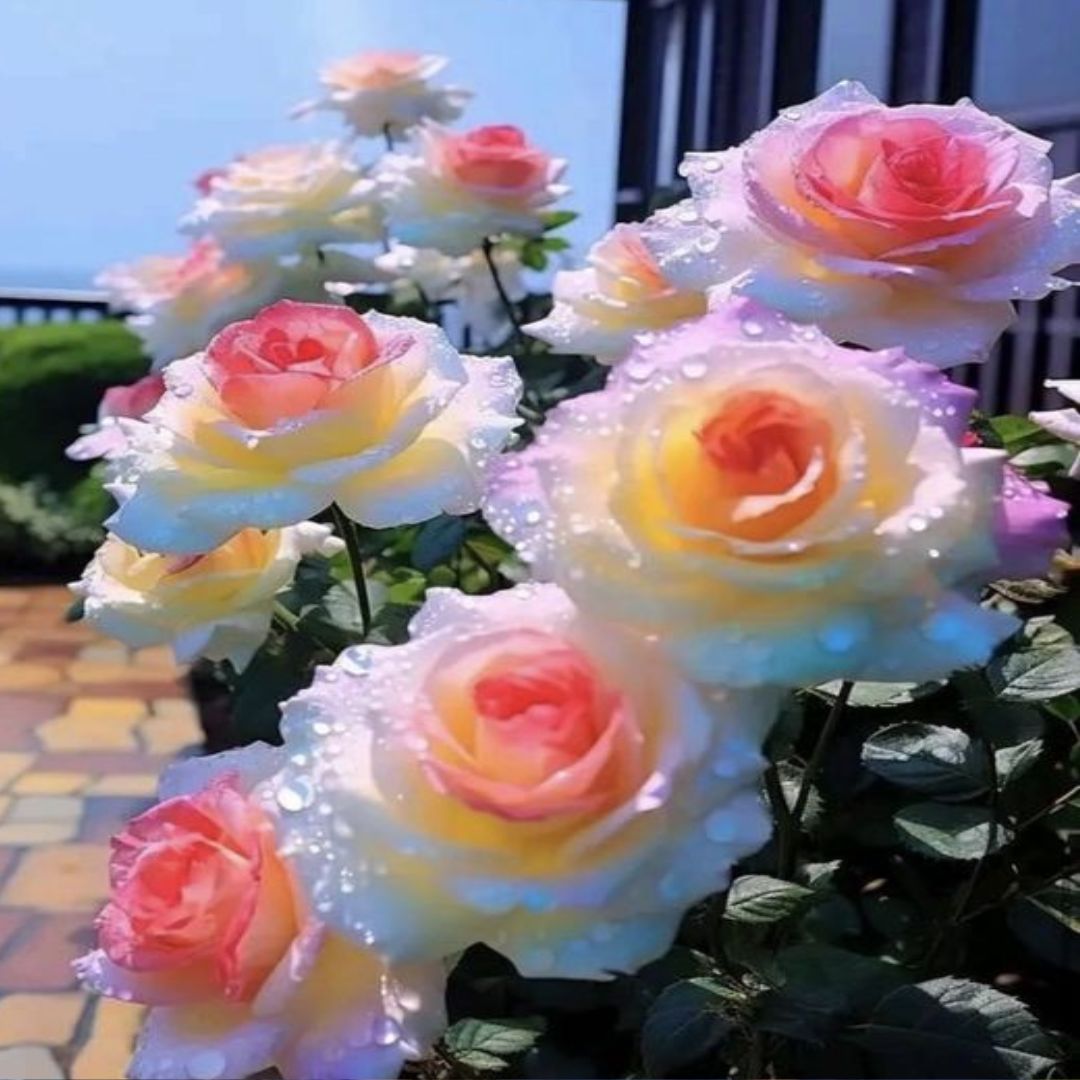Lily of the valley is a popular choice for the early spring landscape, and is one of the most fragrant blooming plants in the spring and early summer throughout the northern temperate zone. Grown most successfully as a ground cover, this plant spreads quickly to create large blankets of petite white flowers. Quick Facts about Lily of the Valley Botanical name – Convallaria majalis Height – 6-12 inches (15-30 cm) Spread – 6-12 inches (15-30 cm) Sun exposure – Part Shade, Full Shade Soil requirements – Highly Adaptable Hardiness zones – USDA Zones 3-8 When to plant – Fall Lily of the Valley Info The stems of lily of the valley plants are covered with tiny white, nodding bell-shaped flowers that have a sweet perfume and medium-bright green leaves that are lance-shaped, 4 to 8 inches (10 to 20 cm) high and 3 to 5 inches (7.5 to12.5 cm) wide.
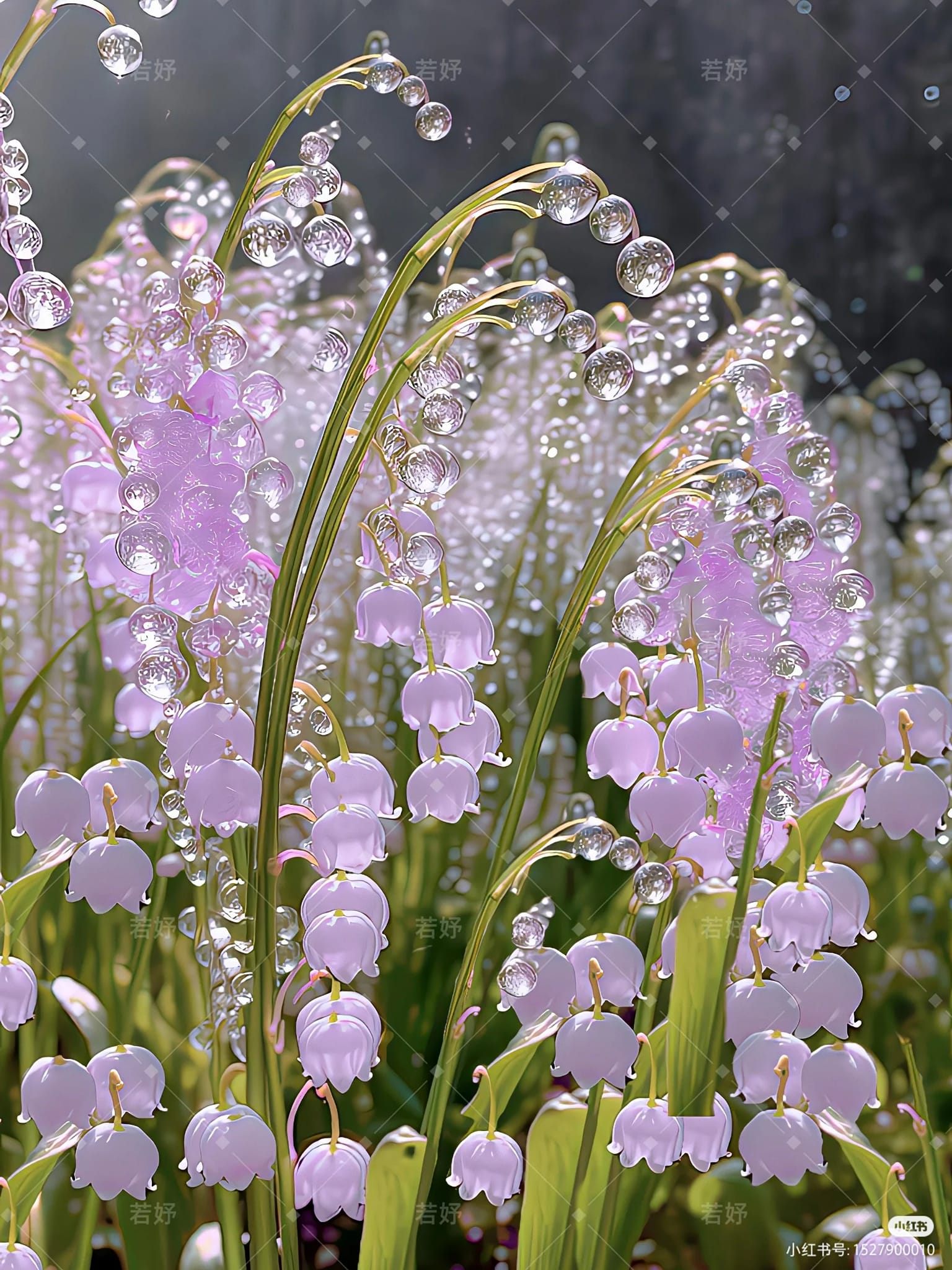
This moisture-loving plant forms a spreading mass with red seed pods remaining after flowering, which makes lily of the valley attractive after blooming and very carefree. Growing lily of the valley plants is easy, as they will remain perennial in USDA Zones 2-9. When to Plant Lily of the Valley Lily of the valley flowers (Convallaria majalis) are most commonly planted in the fall. At this time, prolonged periods of cool weather allow for the development of a robust root system. A proper period of dormancy throughout winter will also be necessary in helping to ensure that new plantings are able to get a quick start the following spring. Where to Plant Lily of the Valley Though lily of the valley is generally considered to be quite adaptable, the plant does have some specific considerations. Among these is its ability to spread throughout the garden, sometimes becoming invasive. Planting lily of the valley should be done with care, as the manner in which it is able to multiply can become quite problematic. It is for this reason that experienced growers often choose to grow the plant in containers, rather than in the ground.
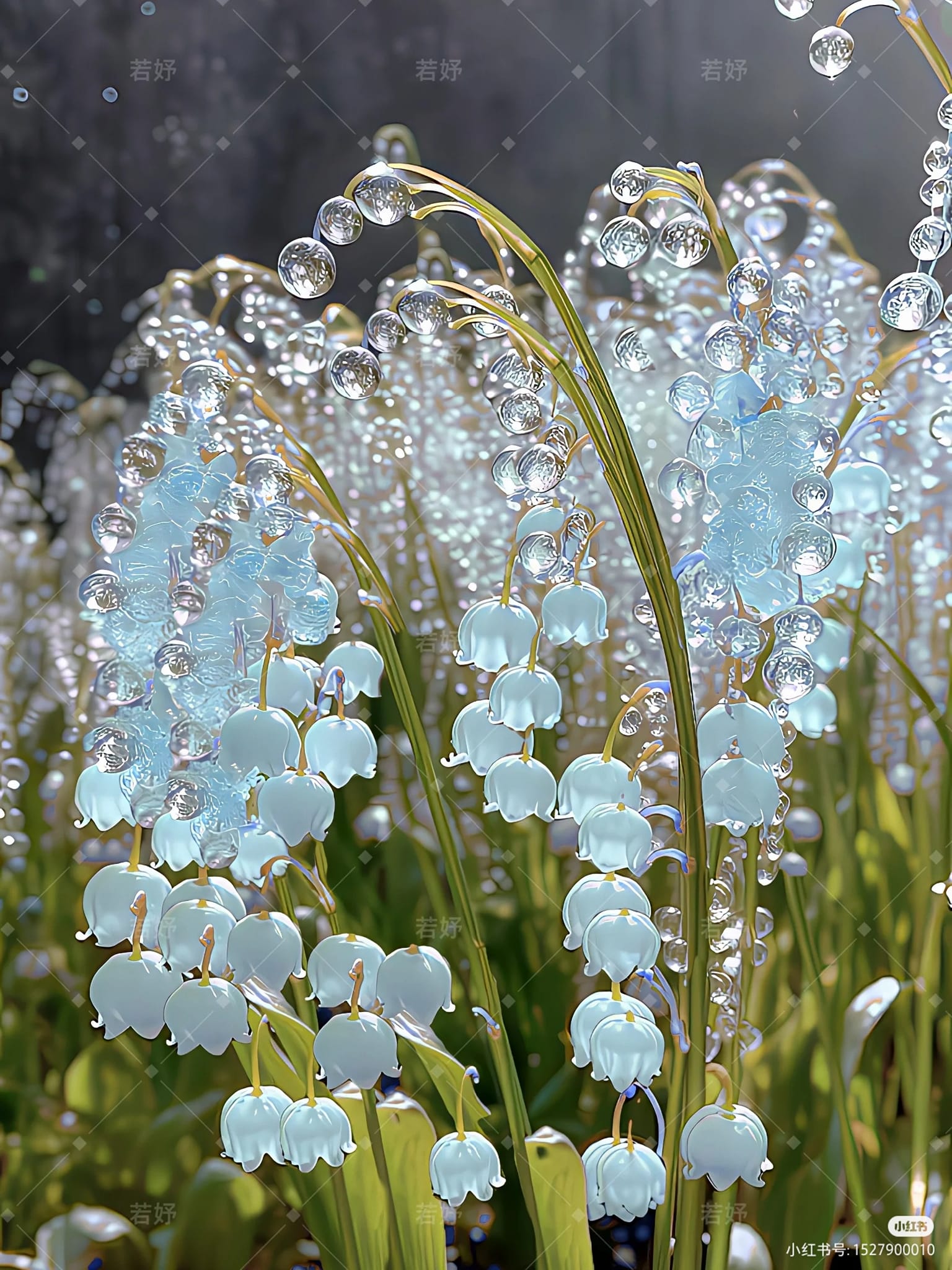
Water & Light Requirements Lily of the valley plants will grow best in beds that remain consistently moist throughout the entire growing season. Though uncommon, the plants may require supplemental irrigation when conditions are especially dry. The use of mulch is a great way to help retain moisture and keep the plant’s root system cool throughout the hottest parts of summer. Lily of the valley will thrive in shaded beds that receive dappled light. This makes them a good choice for growth under trees, or along the sides of structures.
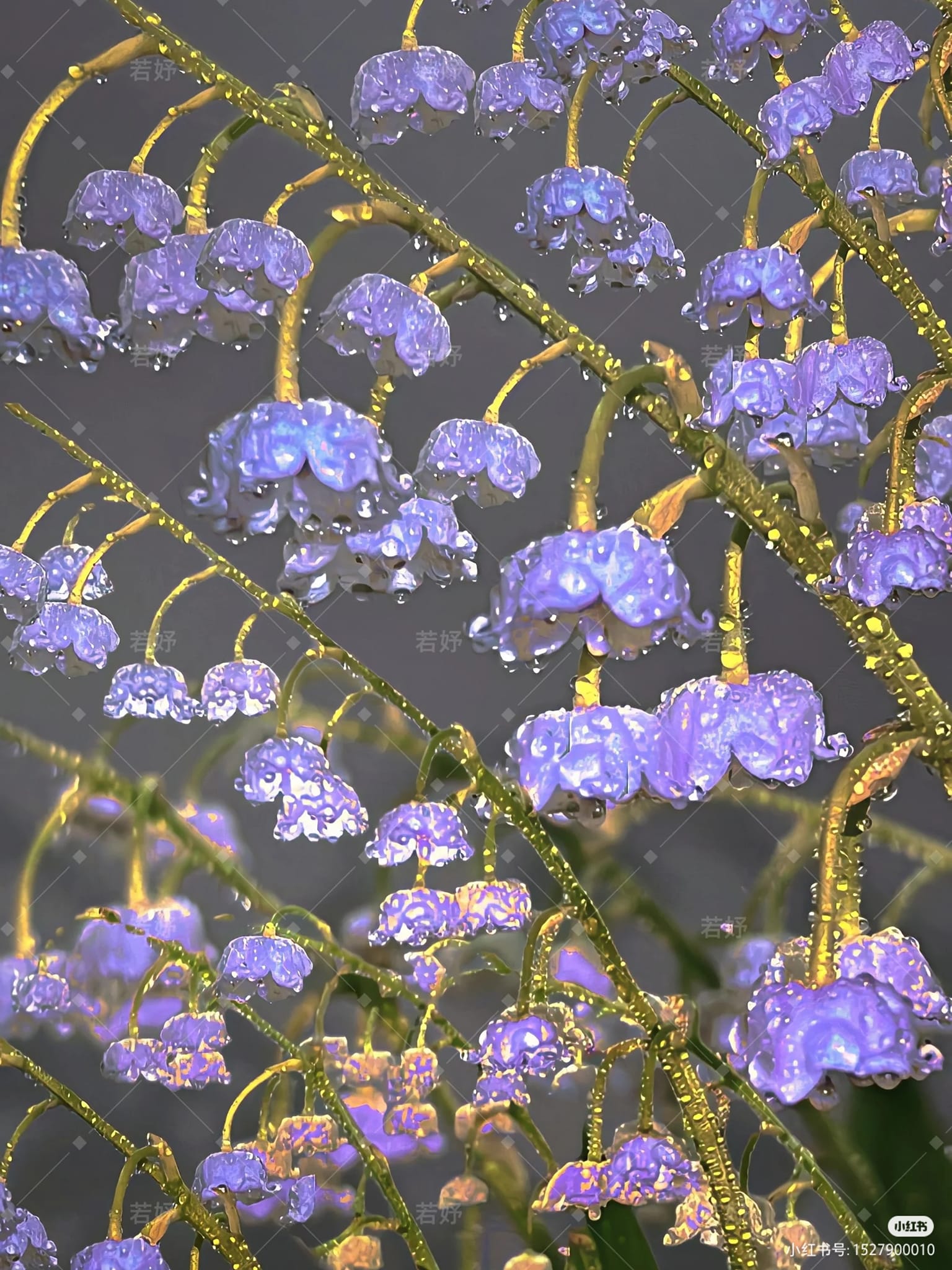
How to Propagate Propagation and division play a major role in lily of the valley care. Though general care for lily of the valley is minimal, their spreading habit will need routine tending. As the plants grow to form dense colonies, growers may find that the production of flowers has decreased significantly over time. When this occurs, the plants will need to be dug and divided. Lily of the valley plants reproduce through the production of small, underground rhizomes called “pips.”
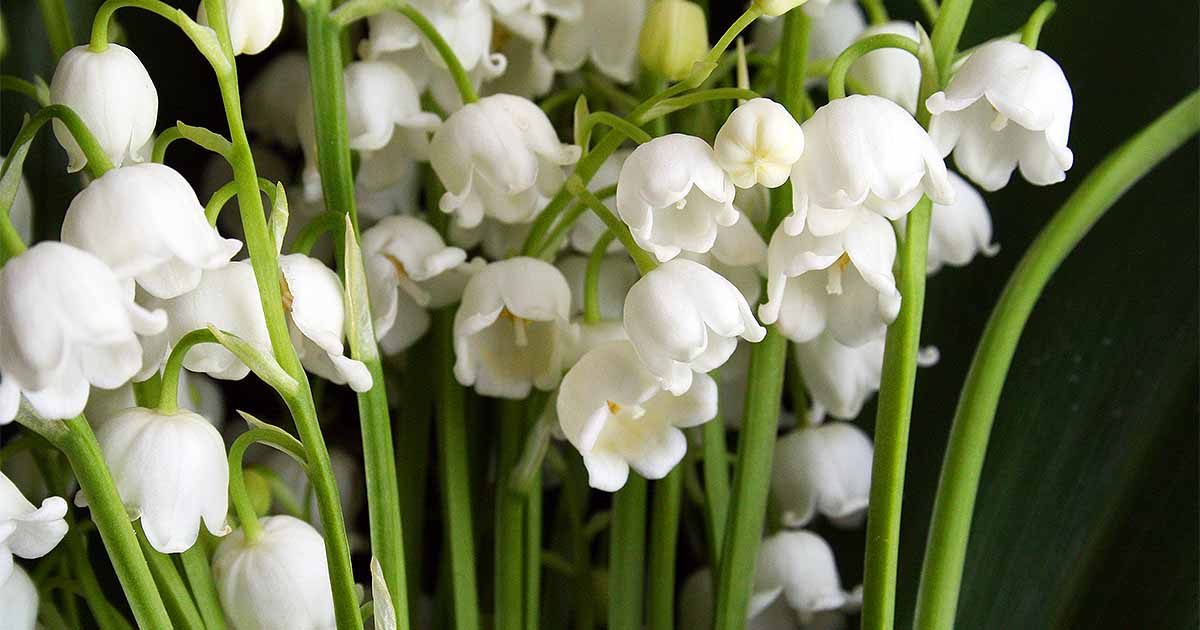
These pips can be separated and then returned back to the soil. November or December is the ideal time for division. Problems, Pests, & Diseases Lily of the valley seldom has serious problems with insects. Common pests like aphids or spider mites may still frequent the plants. However, most infestations can be easily treated. A sudden change in the appearance of the plant’s leaves may lead growers to become concerned. This is especially true of an observed decline in the ornamental quality of the plant’s foliage. Though this is generally a natural occurrence, it may also be the result of diseases like leaf spot or blotch.
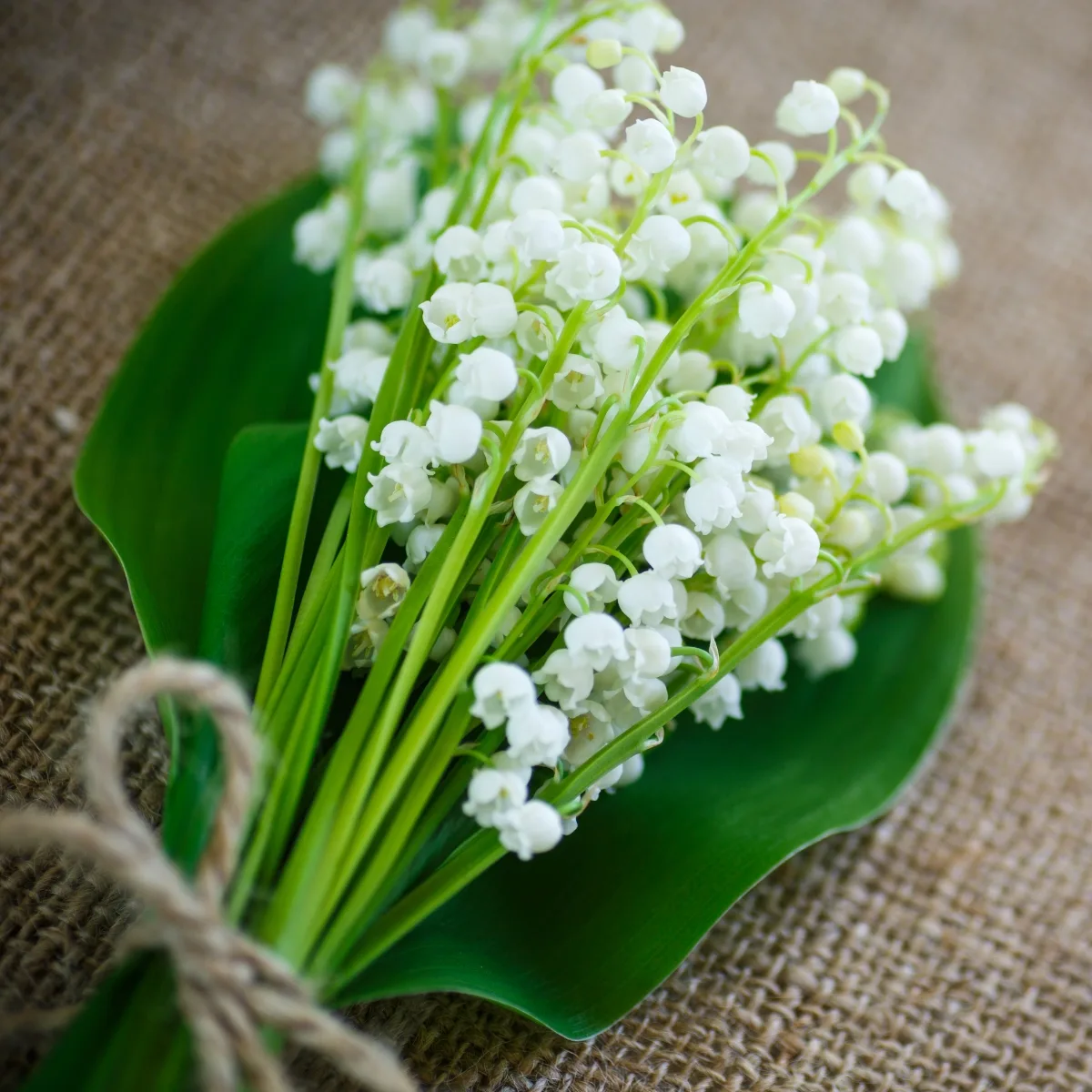
Problems, Pests, & Diseases Lily of the valley seldom has serious problems with insects. Common pests like aphids or spider mites may still frequent the plants. However, most infestations can be easily treated. A sudden change in the appearance of the plant’s leaves may lead growers to become concerned. This is especially true of an observed decline in the ornamental quality of the plant’s foliage.
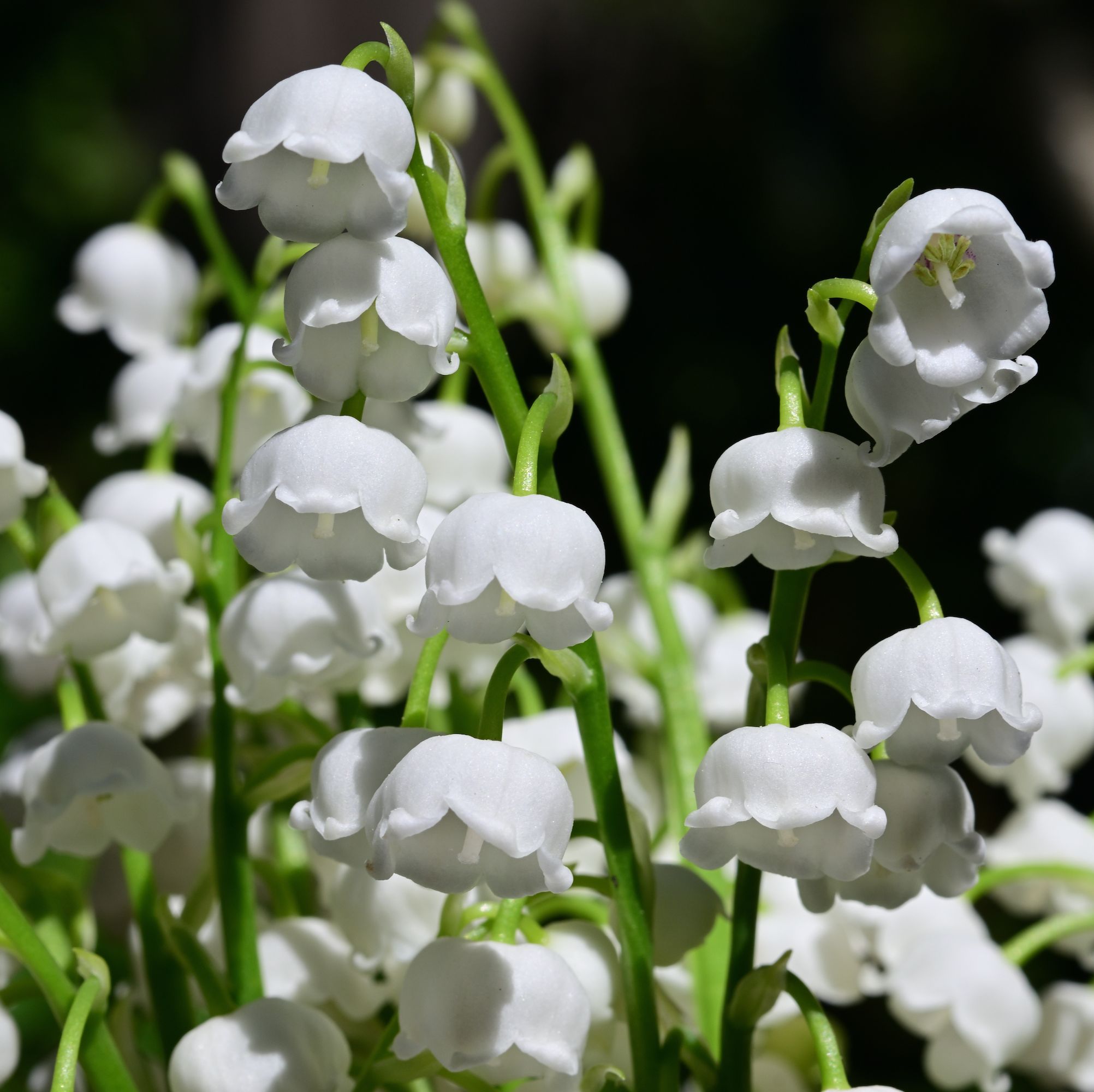
Though this is generally a natural occurrence, it may also be the result of diseases like leaf spot or blotch. Is Lily of the Valley Poisonous? Though beautiful, all parts of lily of the valley are extremely toxic. Those hoping to grow lily of the valley in their yard should use special caution around 𝘤𝘩𝘪𝘭𝘥ren and pets, as ingestion of the plant can cause great harm and even death. Lily of the Valley Varieties With only a handful of named lily of the valley varieties available to gardeners, common types can be found at most home and garden centers. Plants which produce pristine, white flowers are customary. However, specialty varieties can also be found. These include those which yield blooms that are double, or open to reveal delicate shades of pink.
When purchasing plants, look for the following cultivars: Convallaria majalis ‘Albostriata’ – This type has dark leaves with white to cream longitudinal ᵴtriƥes. ‘Aureomarginata’ – This variety has cream to yellow-edged leaves.
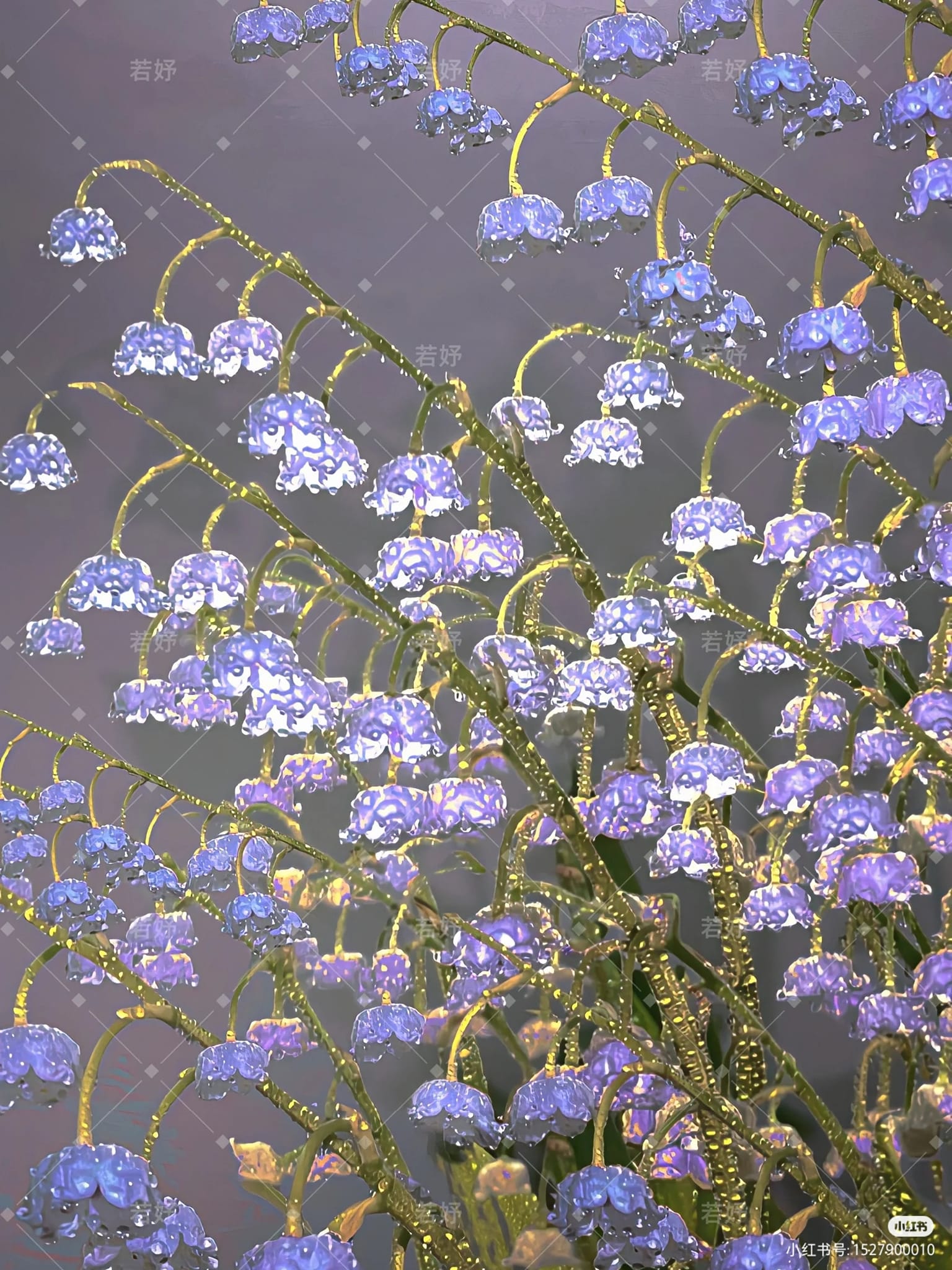
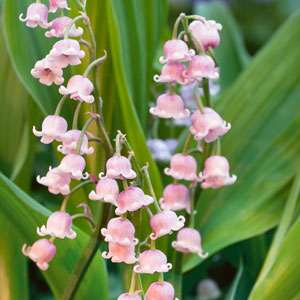
Rosea – A pink variety, not as vigorous as the white-flowered species but very pretty. Convallaria majuscule ‘Greene’ – This North American native is great for naturalistic ground cover and provides a carpet of beauty between other native plants.
This easy-care plant doesn’t require much to thrive. Preferring partial shade and moist soil, growing lily of the valley is easy if you know how and when to plant. That being said, these plants are adaptable and will grow very well in dry shade too. Lily of the valley can also be adapted to full sun or full shade, depending on the amount of moisture it receives.
